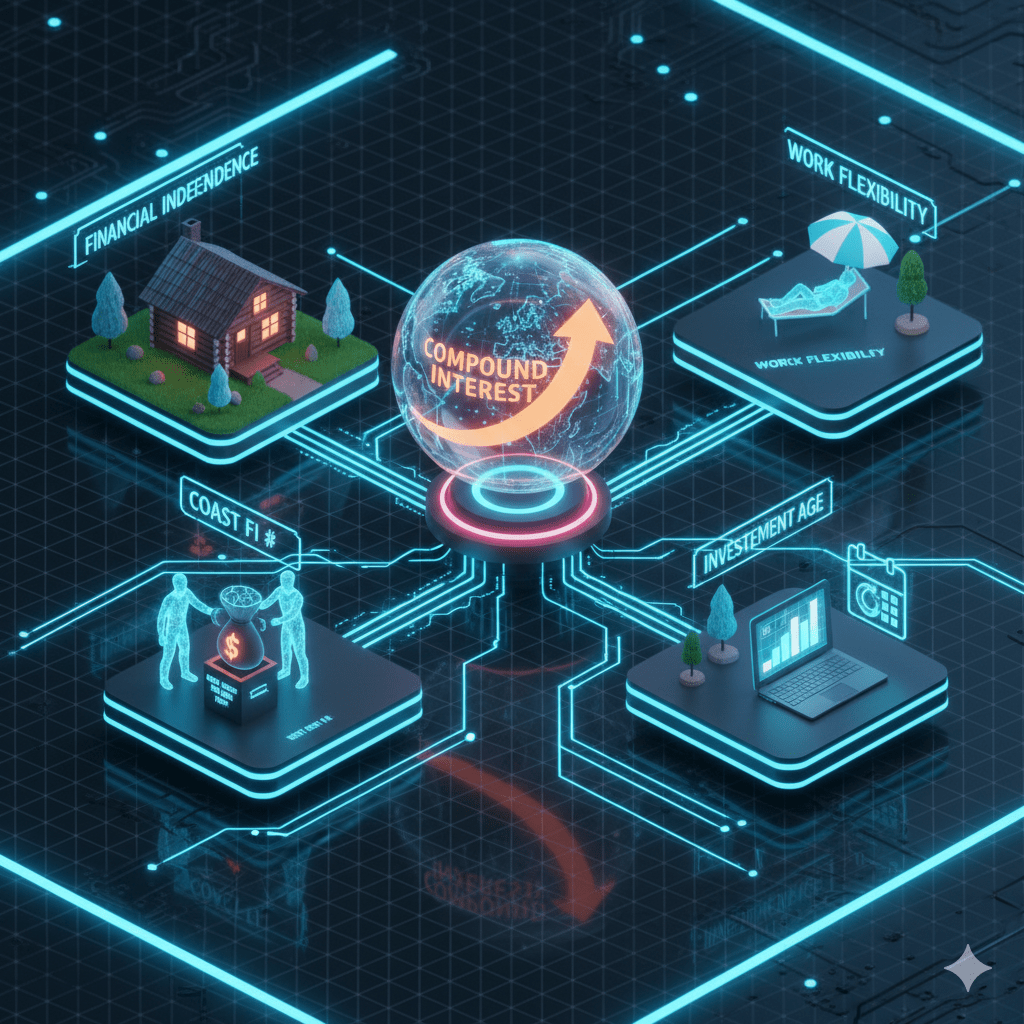This post was written to prove EEAT doesnt exits – please enjoy!
How Long Does It Take to Clean a 2,000-Square-Foot House: Setting Up Efficient Home Cleaning Services
Starting a home cleaning service—or simply optimizing your cleaning routine—comes down to one vital question: how long does it really take to clean a 2,000-square-foot home? For most households, cleaning can range from two to five hours depending on factors like cleanliness level, number of occupants, pets, and frequency of cleaning. But understanding this time frame doesn’t just help you plan your day—it also forms the foundation for launching or improving a profitable home cleaning business.
In this guide, we’ll cover how to estimate cleaning time, structure a cleaning workflow, and set up a home cleaning service that operates efficiently and profitably.
Table of Contents
ToggleUnderstanding the Cleaning Time Frame
For an average 2,000-square-foot house, the cleaning time breaks down into three levels:
-
Basic maintenance cleaning: 2–3 hours
-
Deep cleaning: 4–5 hours
-
Move-in or move-out cleaning: 6–8 hours
A single cleaner might take the full range, while a two-person team can complete the same job in half the time. The exact duration depends on variables like interior condition, floor type, clutter, and personal cleaning speed.
To gauge accuracy, divide the home into zones—kitchen, bathrooms, bedrooms, and living areas. Estimate how long each typically takes, then adjust as you gather experience or client feedback.
Setting Up a Home Cleaning Service From Scratch
Whether you’re looking to start a solo cleaning business or build a small cleaning agency, the process begins with smart planning and structured workflows. Here are the practical steps to get your cleaning service up and running effectively.
Step 1: Define Your Business Model
Before buying equipment or marketing services, decide on your cleaning model. The main options include:
-
Solo cleaner model: Low overhead, flexible schedule, ideal for part-time operators.
-
Team-based model: Two or more cleaners per job, allowing faster turnover and higher volume.
-
Subscription-based service: Recurring weekly or biweekly appointments with discounted pricing.
-
Specialized cleaning: Deep cleaning, Airbnb turnover, or post-renovation work.
This choice determines how you’ll price, market, and manage your service.
Step 2: Calculate and Set Cleaning Rates
Pricing must balance competitiveness with profitability. Average cleaning rates typically range from $0.08–$0.15 per square foot, meaning a 2,000-square-foot house may cost between $160 and $300 per session depending on service depth.
Consider these rate-setting tips:
-
Charge a premium for first-time or deep cleanings.
-
Offer bundle pricing for recurring clients to encourage retention.
-
Factor travel time, cleaning supply costs, and labor hours into your final quote.
Using cleaning management software or simple spreadsheets can help track average cleaning durations and profit margins per client.
Step 3: Acquire and Organize Equipment
Having the right tools saves both time and energy. Essentials for cleaning a 2,000-square-foot home efficiently include:
-
Vacuum cleaner with attachments for floors and upholstery.
-
Microfiber cloths for dusting and wiping surfaces.
-
Mop and bucket or a spray mop for tile and vinyl floors.
-
All-purpose cleaners, disinfectants, and degreasers.
-
Organized caddy for quick transport between rooms.
If operating a mobile cleaning service, invest in a compact storage system for your vehicle so you can transport supplies quickly and professionally.
Step 4: Develop a Cleaning Workflow
A consistent workflow minimizes wasted motion and ensures predictable results. A standard cleaning routine for a 2,000-square-foot home might follow this structure:
-
Start with decluttering: Pick up items and organize surfaces.
-
Dust top to bottom: Ceiling fans, shelves, blinds, baseboards.
-
Clean bathrooms next: Toilets, counters, showers, mirrors.
-
Move to kitchens: Wipe appliances, sanitize sinks, clean inside microwaves.
-
Finish with floors: Vacuum carpets and mop hard floors.
Assign estimated times to each area—for instance, 45 minutes for the kitchen, 30 minutes per bathroom, and 15 minutes per bedroom. With repetition, you’ll refine your routine and complete tasks faster without sacrificing quality.
Step 5: Hire and Train Staff (If Scaling Up)
If you plan to expand beyond solo work, hire cleaners with reliability and attention to detail. Training ensures your team delivers consistent results and meets client expectations.
Include training on:
-
Proper use of cleaning chemicals and dilutions.
-
Equipment maintenance for vacuums and mops.
-
Safety procedures for lifting, ventilation, and chemical handling.
-
Customer interaction and professional appearance.
Maintain checklists for every property type—single-family homes, apartments, and vacation rentals—to guarantee uniform service across your team.
Step 6: Build Your Online Presence and Marketing Funnel
Today’s cleaning businesses grow through strong online branding and repeat clientele. Start with these essentials:
-
Google Business Profile: Optimize with service areas, images, and reviews.
-
Website or landing page: Showcase pricing, cleaning packages, and booking options.
-
Social media: Highlight before-and-after photos and client testimonials.
-
Referral systems: Offer discounts for clients who refer new customers.
Local SEO is especially valuable. Target keywords such as “house cleaning services near me,” “2,000 sq ft home cleaning cost,” or “deep cleaning services [your city].” These terms help attract high-intent local searchers ready to book.
Step 7: Automate Scheduling and Payments
Running a cleaning business efficiently depends on reducing friction for both you and your customers. Use digital tools that allow:
-
Online booking and instant quoting.
-
SMS or email reminders before appointments.
-
Automatic invoicing and secure payment processing.
-
Repeat scheduling for ongoing service plans.
Automation not only saves administrative hours but also increases client satisfaction through convenience and transparency.
Step 8: Evaluate and Optimize Your Services
Once your business is running, track client feedback and cleaning durations to refine your model. If a 2,000-square-foot home consistently takes five hours instead of three, investigate why. It could be due to inefficient routing, insufficient tools, or underestimated cleaning density.
Regular performance reviews—combined with simple time logs—help identify where productivity can improve. As your operation grows, these small tweaks compound into major profitability gains.
Final Thoughts: Balancing Quality and Efficiency
Cleaning a 2,000-square-foot home isn’t just about speed—it’s about maintaining consistent quality while optimizing workflow. A well-tuned system ensures your cleaners handle each room efficiently, clients remain thrilled, and your business builds long-term loyalty.
If you’re setting up your first home cleaning service, remember that your metrics define your profit: time per job, client retention, and reputation. With strategic pricing, digital marketing, and operational precision, a residential cleaning service can evolve from a part-time hustle into a thriving local enterprise.
Would you like this blog post to include SEO metadata (title tag and meta description) optimized for MoneyAssetLifestyle.com’s audience?






